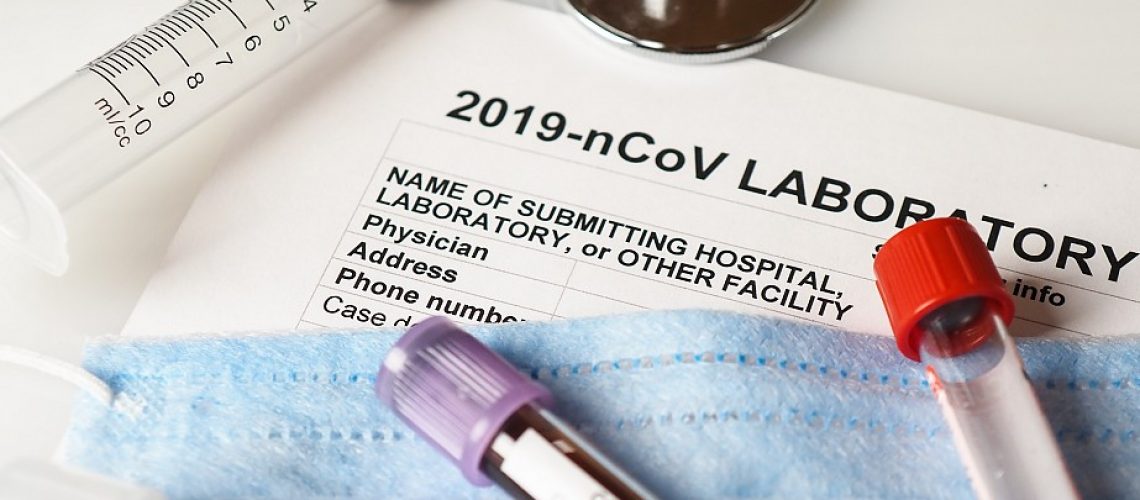With concerns of COVID-19 having a disproportionate impact on certain individuals, such as minorities and the elderly, public health experts are requiring more detailed data, provided on a real-time basis – further supporting the reliability and integrity of data being central to healthcare.
Though rates of new COVID-19 cases in the U.S. have somewhat stabilized, and mortality rates have decreased, there are still many unanswered questions. It is important that we find the answers to these questions, which include, for instance, can people become re-infected? Will it be seasonal? Why were certain segments of the population so disproportionately affected?
By all measures, efforts to slow the spread of the virus have been successful, which may be the motivator behind the apparent shift of focus from patient care and hospital capacity to preventative measures, testing, and data analysis. Take, as an example, the new provisions mandated by the U.S. Department of Health and Human Services (HHS), specifically governing additional required data and the timeframe requirements for test reporting of COVID-19.
The new guidance by HHS requires additional reporting data to be submitted on COVID-19 testing, and requires results to be submitted to relevant health departments within 24 hours. The responsibility of providing the additional data falls solely on laboratories, or any facility performing tests. Also, any laboratory that is non-compliant with the reporting guidance could face severe penalties.
The HHS, along with the Centers for Disease Control and Prevention (CDC), needs the ability to drill down into details of patients, including specific demographic data, such as gender and race, as well as geographic data. Access to this data, among other things, will give better visibility into segments of the population affected the most by the pandemic, to get a better understanding of what efforts may help minimize further outbreaks and address areas of concern for the future.
Social Determinants of Health (SDoH): Insights into COVID-19
Much of the new required data directly relates to elements that fall under the realm of the social determinants of health (SDOH) – factors such as environment, lifestyle, and cultural and socioeconomic structure of individuals. The SDoH provide great value in healthcare, but generally are limited in their use, due to a lack of data transparency. With these new data requirements, there will be visibility into SDoH data elements that can be put to use, helping target areas with resource needs and provide insight into opportunities for improvement.
There are many successful initiatives, both nationally and on a global level, using SDoH data that have proven to have a highly successful impact on a population’s overall health. Combining SDoH data elements from patients across the country, along with utilizing analytic strategies, will help public health officials to develop a better understanding of COVID-19, and enable healthcare workers and community leaders to respond appropriately to health needs while promoting better overall health.
All Roads Lead Back to Data Integrity
In healthcare, it always comes back to the same thing, the integrity of the data, and the coronavirus pandemic has taken the need for data integrity up a notch. This pandemic could ultimately be the driving force to push needed data quality improvement initiatives across the healthcare sector, and the healthcare community will play a valuable role in the process. Now is the time for healthcare organizations to take proactive measures to validate their medical data accuracy, as the responsibility falls on them to ensure data accuracy to help move past the threat of the virus. Focusing on efforts to maintain accurate data, healthcare organizations will take the lead in accelerating research and providing the best care for patients.
When the COVID-19 crisis began, data was used to determine areas of concern to mitigate the immediate risk. Now, officials must delve into the detail of that data to provide tools for better care and screening, and indeed, to help prepare for any future outbreak ─ the details within the data are invaluable. Therefore, confidence in its integrity is critical. As the dust settles from the initial hit of the pandemic, requirements for the road ahead fall significantly on what we have learned thus far, which ultimately is contained within the data collected.
Whether in the throes of a pandemic or on any given day, the healthcare community is well aware of the importance of maintaining data integrity. The current COVID-19 environment is merely reinforcing the need to address data integrity and refine solutions. Given that this virus has been in existence for only a few months, it is extraordinary how much information we have and how efficiently we’ve contained the outbreak, which should give us hope for the future.
An additional resource: the U.S. Department of Health and Human Services (HHS) has provided a link addressing Frequently Asked Questions related to the new guidance, accessible online here:
https://www.hhs.gov/sites/default/files/laboratory-data-reporting-for-covid-19-testing-faqs.pdf
——————————————————
Photo courtesy of: ICD10 Monitor
Originally Published On: ICD10 Monitor
Follow Medical Coding Pro on Twitter: www.Twitter.com/CodingPro1
Like Us On Facebook: www.Facebook.com/MedicalCodingPro







